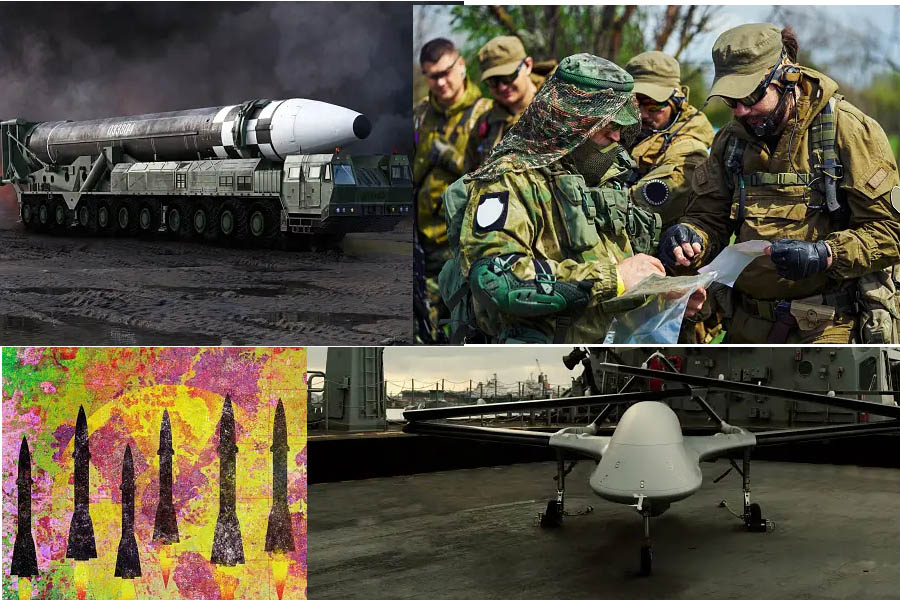
The ongoing conflict in Ukraine is reshaping the landscape of the global armaments industry, as demonstrated by the revival of the M777 howitzer production and the reemergence of the British Starstreak air-defense missile. The demand for heavy artillery has surged due to the intense use of such weapons by Ukraine, prompting the U.S. Army and British defense company BAE Systems to take significant steps.
The M777, a towed howitzer, is making a comeback after five years, driven by its effectiveness on the Ukrainian battlefield. BAE Systems announced its decision to restart the production of M777 parts, intending to refurbish the artillery deployed in Ukraine. The lightweight and easy-to-repair features of the M777 have made it a favored choice among Ukrainian artillerymen, despite some vulnerability concerns.
The decision to restart the production of weapons like the M777 is unusual, as weapon production lines are not frequently revived after shutting down. Cynthia R. Cook from the Center for Strategic and International Studies emphasizes the challenges involved in restarting production, including workforce training, re-engaging the supplier base, and the need for new tooling.
The British Starstreak air-defense missile is also seeing a resurgence after its deployment in Ukraine, highlighting the adaptability of defense industries to the evolving needs of modern warfare. Additionally, German company Rheinmetall is exploring the possibility of reopening an ammunition manufacturing facility due to increased demand for shells from Ukraine.
The conflict in Ukraine has turned the country into a testing ground for various defense systems, with air-defense playing a pivotal role in countering the Russian air force and protecting critical infrastructure. The strategic importance of artillery, particularly towed howitzers like the M777, has been more pronounced in this conflict compared to recent wars.
However, the challenges are evident as well, with a significant number of M777 howitzers in Ukraine damaged or destroyed during the conflict. The slower mobility of towed howitzers makes them more vulnerable to counterfire, and the lightweight titanium parts of the M777 can be susceptible to shrapnel damage.
In a related development, Russia's actions in the conflict have raised concerns in the U.S. about its negotiations with Iran to acquire short-range ballistic missiles. The potential acquisition of Iranian missiles could enhance Russia's ability to target Ukraine's infrastructure, adding to its recent acquisitions from North Korea.
The U.S. officials express deep concern over Moscow's intentions, emphasizing that Russia's growing cooperation with Iran and North Korea represents a shift in its strategic orientation. This shift is observed not only in its military acquisitions but also in its diplomatic stance, diverging from past cooperation with the U.S. and other Western powers.
As the conflict in Ukraine continues to unfold, the dynamics of the global defense industry are evolving rapidly. The resurgence of specific weapons, coupled with geopolitical shifts and strategic realignments, highlights the complex interplay between armed conflicts and the defense sector.